
Apple Watch Ultra succeeds where Watch Edition failed
10 min read Feb 8, 2024
At the introduction of Apple Watch in 2014, Apple revealed multiple models, each differing in the materials used, but with identical innards. The base Sport model in aluminum statarted at $349, while a stainless steel model started at $549.
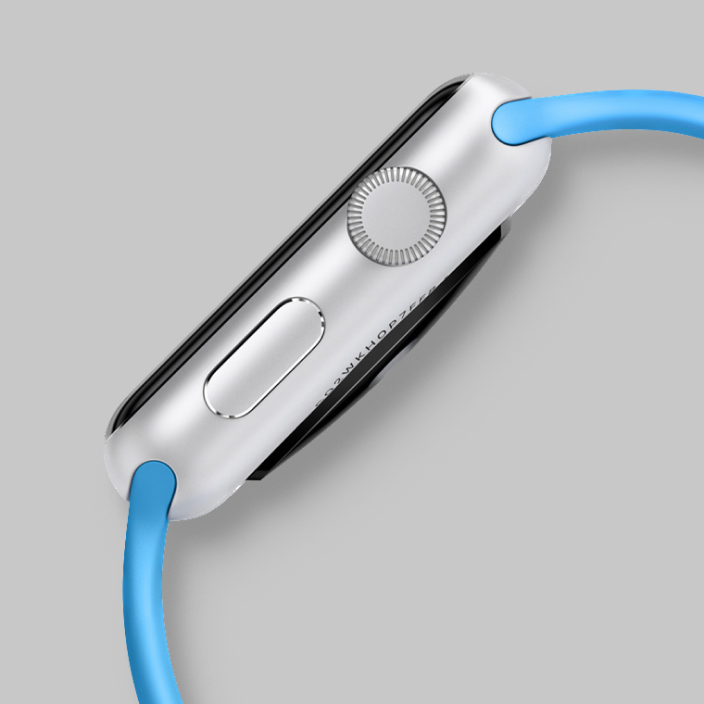
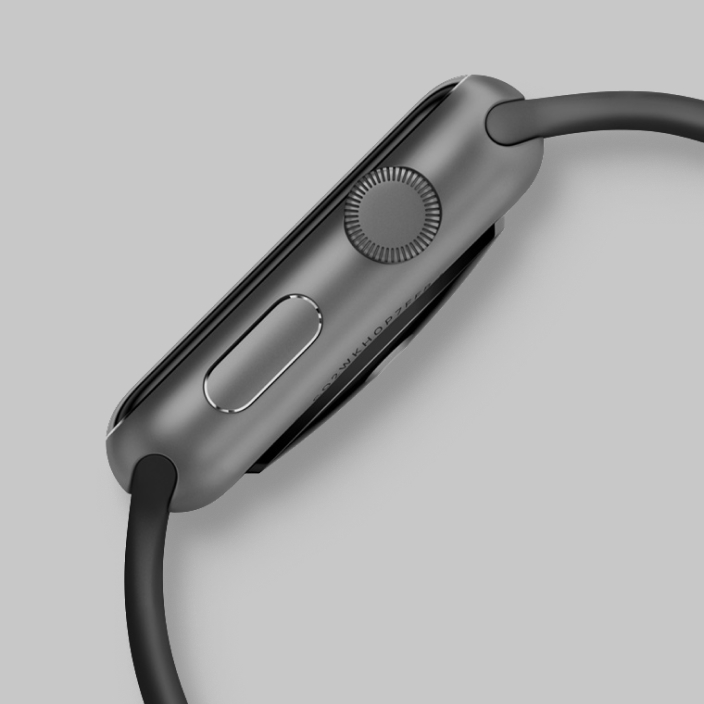
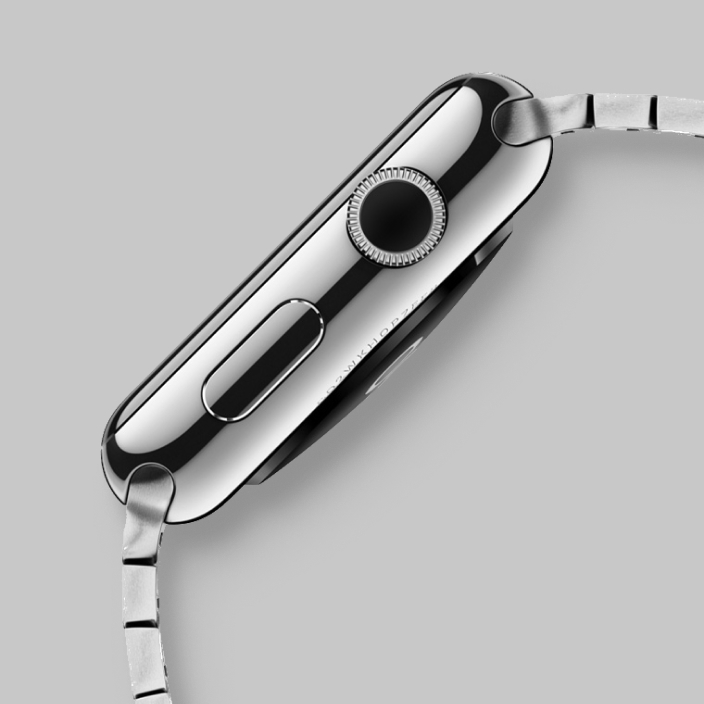
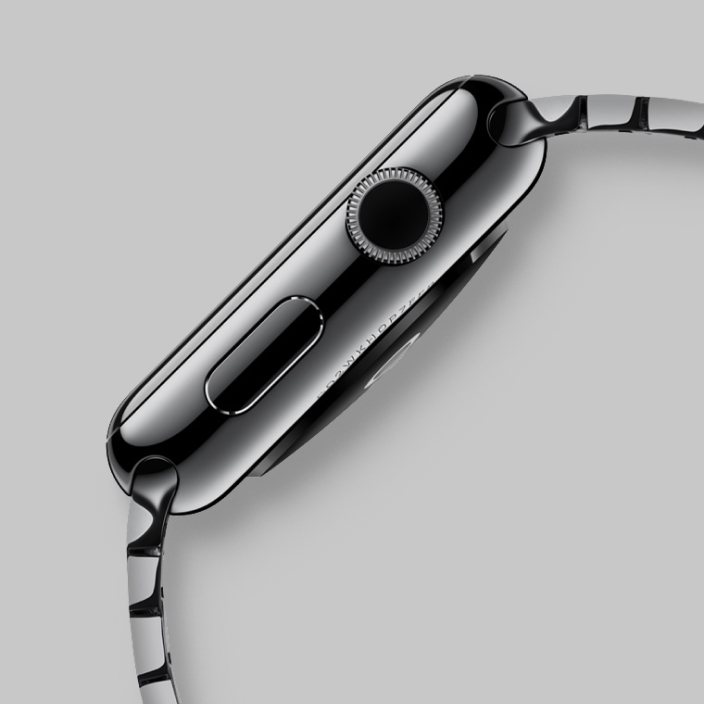
There was also a model made from 18 karat gold called Watch Edition starting at a staggering $10,000.
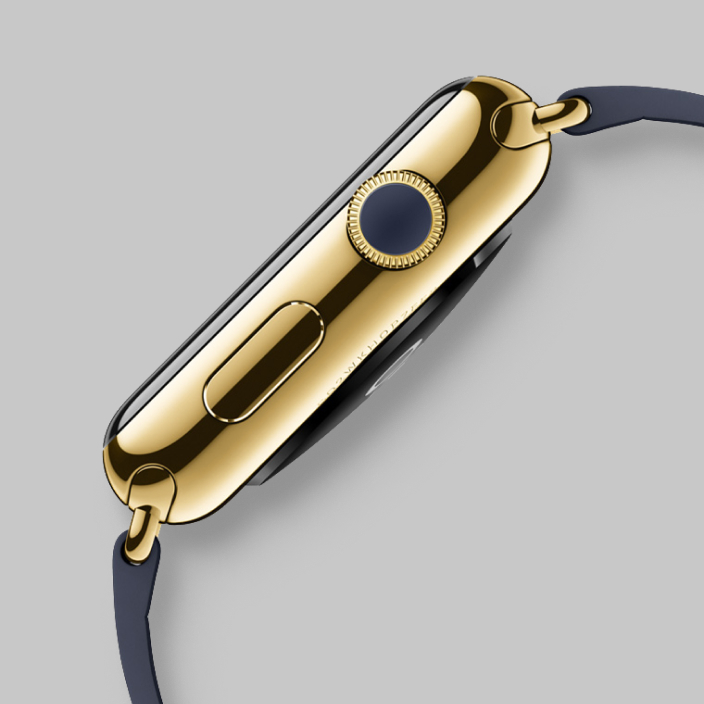

The differences in the models came down to style and durability. For example, stainless steel and gold models came with scratch-resistant sapphire glass. Otherwise, they had the same electronics on the inside.
Over the years, Apple has tweaked the lineup, but the overall logic has stayed the same. Every model has had a clear identity and selling points — all except for the Watch Edition.
The gold model lasted a year before being replaced by a ceramic model beginning at $1,249. By the launch of Series 7 in 2021, the Watch Edition was available only in titanium for $799.
The problem with the Watch Edition
The Watch Edition was meant to be the ultimate Apple Watch for the ultimate Apple customer. It was modeled after traditional horology through the use of traditional materials like gold, ceramic, and titanium.
The problem was that it could never escape the gravity of its cheaper siblings to become a true luxury product. It wasn’t significantly different in appearance, function, or story the way a $5,500 Omega Speedmaster Professional is obviously different than a $400 Tissot (both brands are owned by The Swatch Group).
Furthermore, given that the watch would quickly become obsolete as newer versions were released every year, the expensive starting prices were hard to justify.
The 18 anti-laws of marketing
Judging by the success of Apple Watch Ultra, Apple has finally succeeded where it failed with Apple Watch Edition.
Jean-Noël Kapferer and Vincent Bastien’s book The Luxury Strategy: Break the Rules of Marketing to Build Luxury Brands offers lenses to understand both Apple Watch Edition and Apple Watch Ultra. The book primarily offers strategy advice for leaders of luxury brands. It can also guide our understanding of the unintuitive world of luxury.
The authors may not categorize either Apple Watch Edition or Apple Watch Ultra as truly luxury. However, these two products do fit many of foundational definitions laid out by the book.
I’ll take you through several of their eighteen “anti-laws of marketing” including quotes from each chapter to show how Apple Watch Ultra fixed Apple Watch Edition’s wrongs.
Anti-law 1: Forget about ‘positioning’, luxury is not comparative
When it comes to luxury, being unique is what counts, not any comparison with a competitor. Luxury is the expression of a taste, of a creative identity, of the intrinsic passion of a creator; luxury makes the bald statement ‘this is what I am’, not ‘that depends’ – which is what positioning implies.
The only thing that made Watch Edition different than the other models is case material like gold, ceramic, and titanium. Using case material to make an existing luxury product even more exclusive can work. For example, a standard Rolex Daytona is offered in stainless steel, whereas rare models are offered in gold or platinum.
With Apple Watch, this strategy doesn’t work since the standard Apple Watch is made for the mass market. Using a different case material doesn’t help Watch Edition jump into the luxury category since it still looks and functions like a standard Apple Watch.
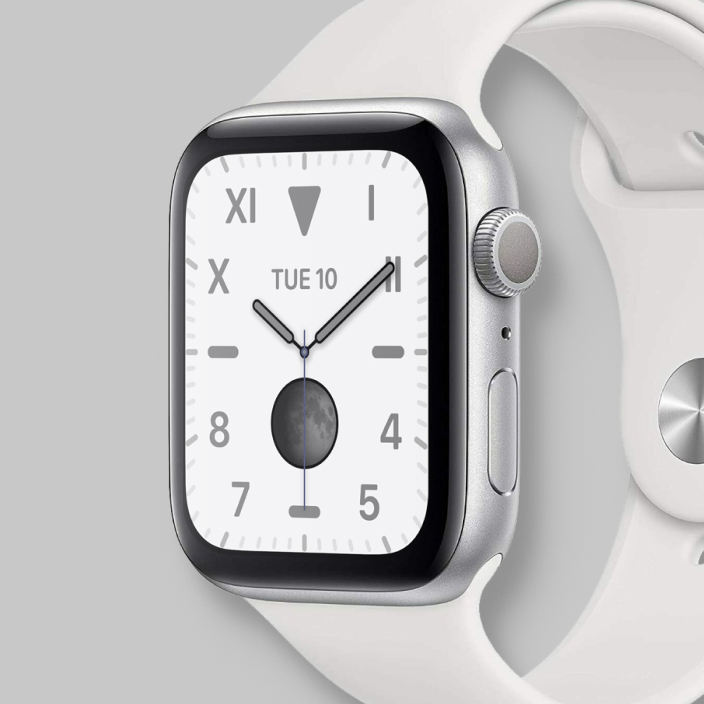
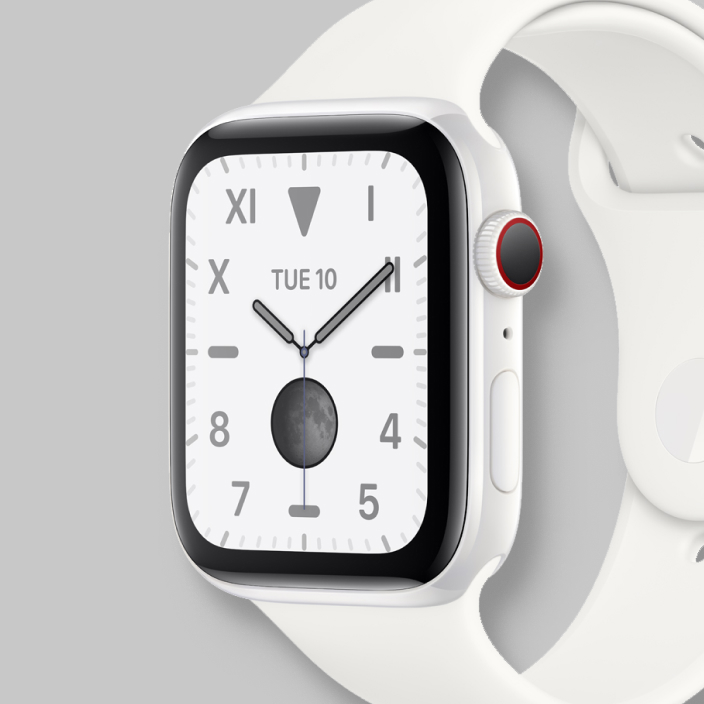
Here, the Watch Ultra fixed Watch Edition’s wrongs. It’s instantly recognizable as an Apple Watch. Yet it could never be confused with any of the other models. The large, flat, bright, rounded display looks straight from an iPhone Pro. The pod containing the Side Button and Digital Crown and the large speaker and Action Button contribute to Watch Ultra’s distinctiveness.
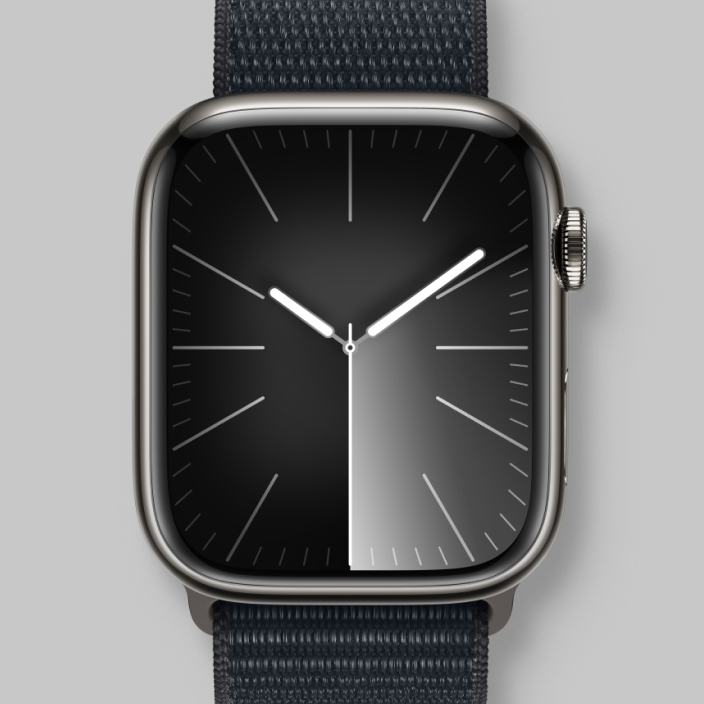
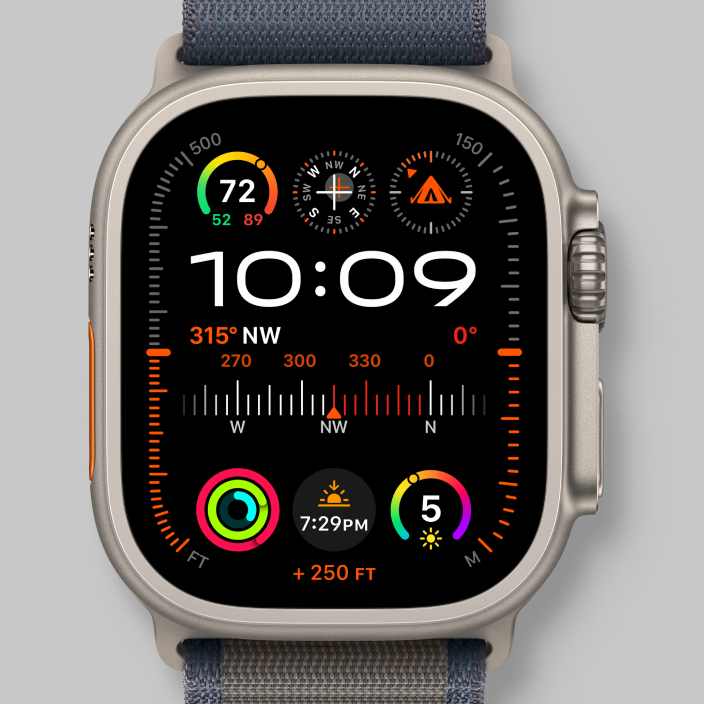
The three band options, the Alpine Loop, Trail Loop, and Ocean Band feel thoroughly Apple, yet are focused manifestations of ruggedness. The titanium case material is carried over into the band hardware, further differentiating this model from others in the lineup.

Anti-law 2: Does your product have enough flaws?
In the world of luxury, the models and the products must have character or personality. In the world of automobiles, a Ferrari is anything but a perfect car if you like easy, smooth and silent driving; that is why people would do anything to own one. Every model forces its owner to accept its flaws.
Edition models were offered in the same sizes as other versions, with case material, again, the only differentiator. Watch Ultra is only available in a gigantic 49mm version. Its size reminds its owner and those around that this is not just any Apple Watch, but the Ultra. However, the size isn’t so large that it is a literal pain.[1]
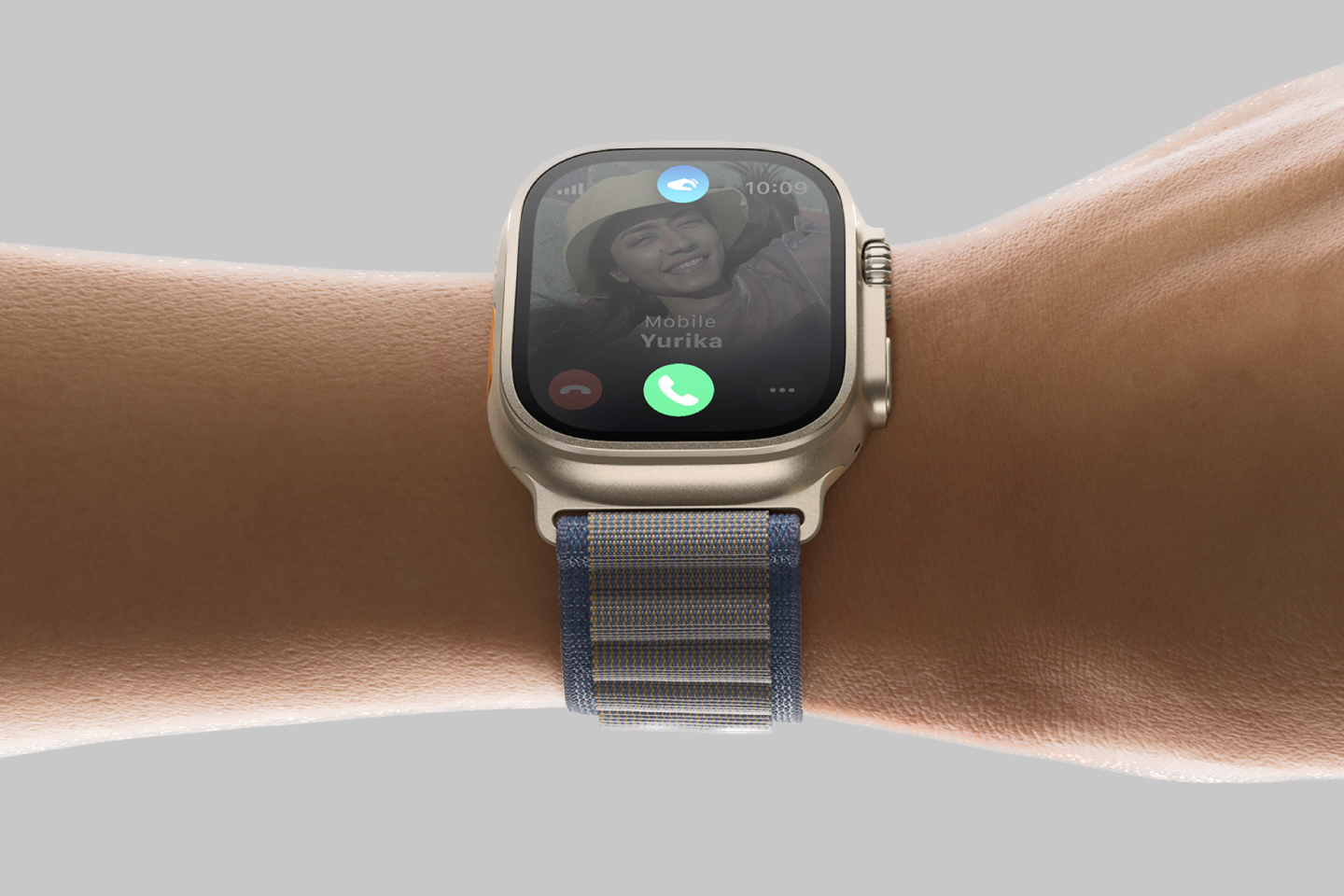
A second flaw is battery life. Compared to a GPS sports watch from Garmin or Coros, Apple Watch Ultra’s battery life could be seen as abysmal, measuring in days instead of weeks. However, its battery life is actually yet another beneficial flaw.
36 hours of battery life (or 72 in Low Power mode) is long enough to remind the avid Apple geek that it is special compared to other Apple Watches that will last half that time. Yet, it is short enough that they have to make plans to charge it daily. Each time they charge it, they are reminded that the Apple Watch Ultra isn’t merely a primitive appliance like a traditional sports watch, but the most cutting edge in wearable technology.

Anti-law 4: Keep non-enthusiasts out
When it comes to luxury, trying to make a brand more relevant is to dilute its value, because not only does the brand lose some of its unique features, but also its wider availability erodes the dream potential among the elite, among leaders of opinion.
To the average Apple Watch customer, its minimal shape and wide array of colors and finishes is a boon. They can customize their watch to seamlessly blend in as a fashion accessory.
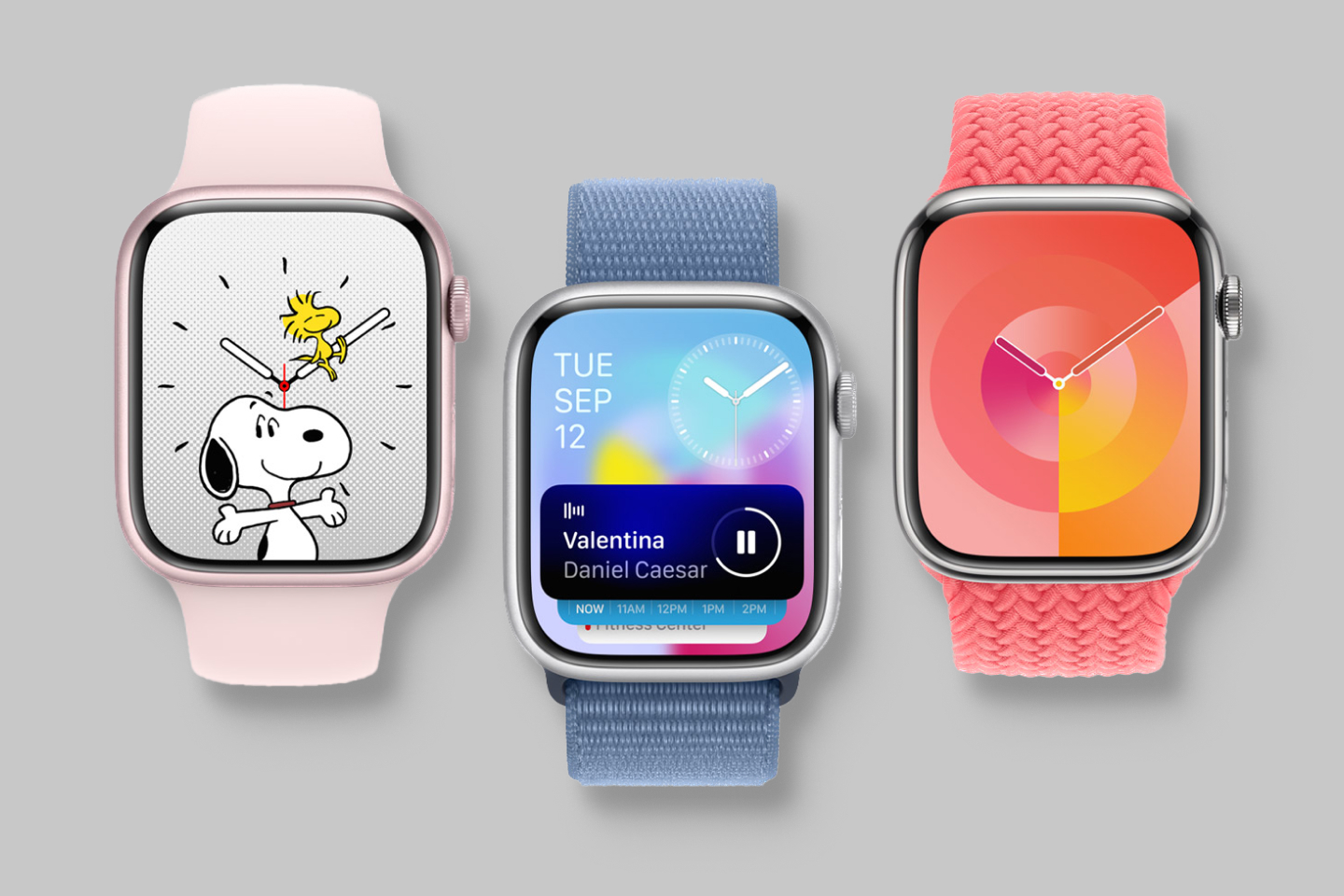
By making Watch Ultra larger and more tool-like aesthetically, Apple shuts out most of the market. Apple Watch Ultra stands out no matter who is wearing it, which to an enthusiast is a benefit, but to anyone else is a serious downside.

Anti-law 9: The role of advertising is not to sell
in traditional marketing the first thing to be done is to come up with a sales proposal, to have a unique selling proposition – the text is there to make the sales pitch. In luxury, the dream comes first. The explanations of the salesmen are simply post-rationalizations.
Look at archives of Apple’s website, and you’ll see a through line in the way that Apple Watch has been marketed — a focus on features. Each new iteration set off campaigns focused on the latest technology added to the watch. For Watch Edition models, Apple focused on the unique physical characteristics of the ceramic and titanium used.
Look at the Apple Watch Ultra page and you will see features being touted, but also a major addition — ample full-bleed black-and-white photographs of people on adventures. Watch Ultra conveys the dream of an extreme lifestyle.
Anti-law 10: Communicate to those whom you are not targeting
In advertising for example, the media plan must concentrate on the target consumers and nothing but the target consumers – every person reached beyond the target is a waste of investment money.
In luxury, if somebody is looking at somebody else and fails to recognize the brand, part of its value is lost. It is essential to spread brand awareness beyond the target group.
As explained before, the Watch Ultra is instantly both recognizable as something special and something thoroughly Apple Watch. When its wearer is out in public, the Ultra is always spreading awareness. The Edition, given its nearly identical looks to other models never could.
Anti-law 11: The presumed price should always seem higher than the actual price
In luxury, when an imagined price is higher than the actual price, that creates value. This happens:
- When someone is wearing a Cartier Pasha watch, everyone around them more or less knows its price, but tends to overestimate it (on account of its aura of luxury). This increases the wearer’s standing.
- When offering someone a luxury gift, the gesture is all the more appreciated for the price being overestimated.
- And lastly, when advertised, the price is that of the top of the range.
One of the failures of Watch Edition was the price. The original started at an astronomical $10,000. Later models dropped to around $1,000. In both situations, the price was hard to justify as its similarities always drove people to compare it to the cheaper models.
The Watch Ultra is different. Its large screen, clear yet dense interface, and rugged yet refined physical design all suggest that it must be far more expensive than the rest of the Apple Watch lineup. Yet, at $799, it’s only a mere seven percent costlier than the $749 stainless steel model.
The ultimate Apple Watch
In the years after Steve Jobs’s return to Apple in the late 90s, Apple products shared a lot in common with traditional luxury products. They were designed in Cupertino, the birthplace of Apple just like how Louis Vuitton products are designed in Paris. They were manifested by a charismatic founder who many saw as a creative genius and cult leader much the way Enzo Ferrari was seen. Its customers saw consumption of Apple products as a social signal like any luxury product. They saw themselves as special when compared to the average computer buyer. There were numerous perceived downsides, the most obvious being that only software specially created for the Mac could be used.
Apple products reached ubiquity after the meteoric rise of the iPod and then iPhone. Though the loyal fanbase had grown, buying an Apple product was no longer a statement. After Steve’s passing, the aura he created continued to dissolve.
Apple Watch Edition was an attempt to create something exclusive again, this time for watch lovers. Apple ultimately missed the mark in its execution. They were held down by Watch Edition’s similarity to the far cheaper aluminum models and ironically by the cutting edge technology inside. A Rolex can be counted to last centuries and be passed down the generations. An Apple Watch is guaranteed to use usefulness within a decade.
The Apple Watch Ultra targets a different set of customers — technology enthusiasts who keep up with gadget announcements the way sports fans follow their favorite teams. To them, the Apple Watch Ultra is a wearable talisman representing their enthusiasm for Apple and the latest technology[2].
Victoria Song wrote on the Verge, “This is one of those things that’s hard to convey through pictures alone. In photos, the Watch Ultra dwarfs my wrist. In person, it feels smaller than some of the 45mm to 47mm round watches I’ve tested.”
↩︎As Apple adds more and more fitness-focused functionality to watchOS, the Watch Ultra is also becoming viable for elite and professional athletes. This group will always pale in comparison to the technology enthusiast group.
↩︎
Thanks to Q for reading drafts of this.
